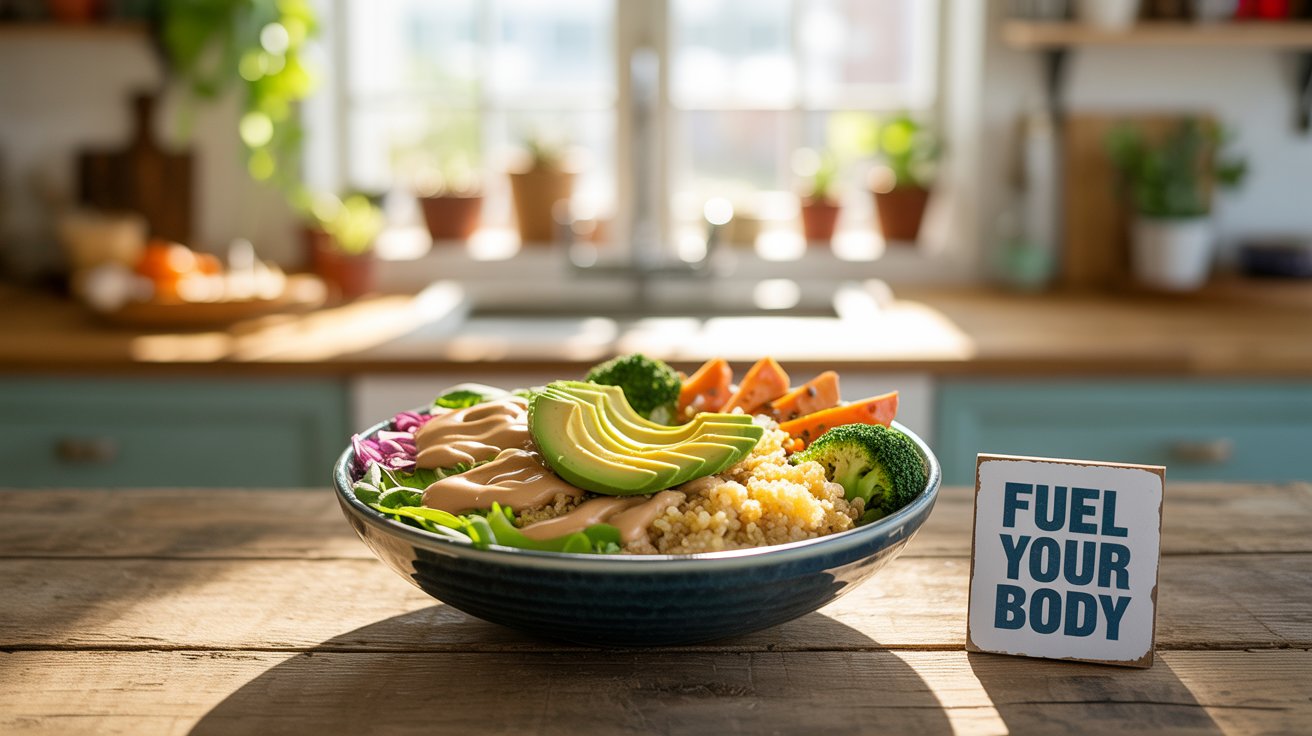Sustainable seafood ensures ocean ecosystems thrive while delivering delicious, nutritious meals. By choosing responsibly sourced fish and shellfish, consumers protect marine biodiversity and support fisheries committed to environmental stewardship.
Choosing Sustainable Species
Opt for species with stable populations, like mackerel, sardines, or Alaska pollock, recommended by the Monterey Bay Aquarium’s Seafood Watch. Avoid overfished species like Atlantic cod or bluefin tuna. Pole-and-line or trap-caught fish reduce bycatch (unintended species). Apps like Seafood Watch guide choices at markets or restaurants. Local options, like Pacific sardines, often have lower environmental impact than imported shrimp.
Understanding Certifications
Look for certifications like the Marine Stewardship Council (MSC) blue label, ensuring sustainable fishing practices, or the Aquaculture Stewardship Council (ASC) for responsibly farmed seafood. These standards verify minimal environmental harm and fair labor practices. For example, MSC-certified Alaskan salmon supports healthy fisheries. Check labels at grocers like Whole Foods or ask restaurant staff about sourcing to make informed choices.
Sustainable Seafood Recipes
Try grilled mackerel: coat 4 fillets with olive oil, lemon zest, and salt; grill 3-4 minutes per side; serve with parsley and roasted potatoes. For a cozy dish, make clam chowder: sauté 1 onion, 2 celery stalks, and 2 garlic cloves; add 2 cups diced potatoes, 1 cup clam juice, 1 can clams, and 1 cup cream; simmer 20 minutes. These recipes highlight sustainable species, emphasizing simple preparations to let fresh flavors shine.
Addressing Overfishing Challenges
Overfishing depletes 34% of global fish stocks, per FAO 2022 data, threatening ecosystems and livelihoods. Solutions include supporting aquaculture (e.g., farmed mussels, which require no feed) and policies like catch limits. Consumers drive change: choosing sustainable options reduces demand for endangered species. Community-supported fisheries (CSFs), similar to CSAs, connect you directly to local, eco-friendly seafood sources.
Practical Tips for Consumers
At the market, ask about catch methods or origin—sustainable fish often cost $1-2 more per pound but support long-term availability. Frozen sustainable seafood, like MSC-certified shrimp, is often more affordable and retains freshness. Restaurants like Legal Sea Foods prioritize sustainability, listing sources on menus. Educate yourself via resources like NOAA’s FishWatch to make confident choices.
Conclusion: Sustainable seafood preserves oceans while delivering flavorful meals. By choosing certified species and simple recipes, you support marine health and enjoy delicious dishes. Start with a Seafood Watch guide and make ocean-friendly choices today.
